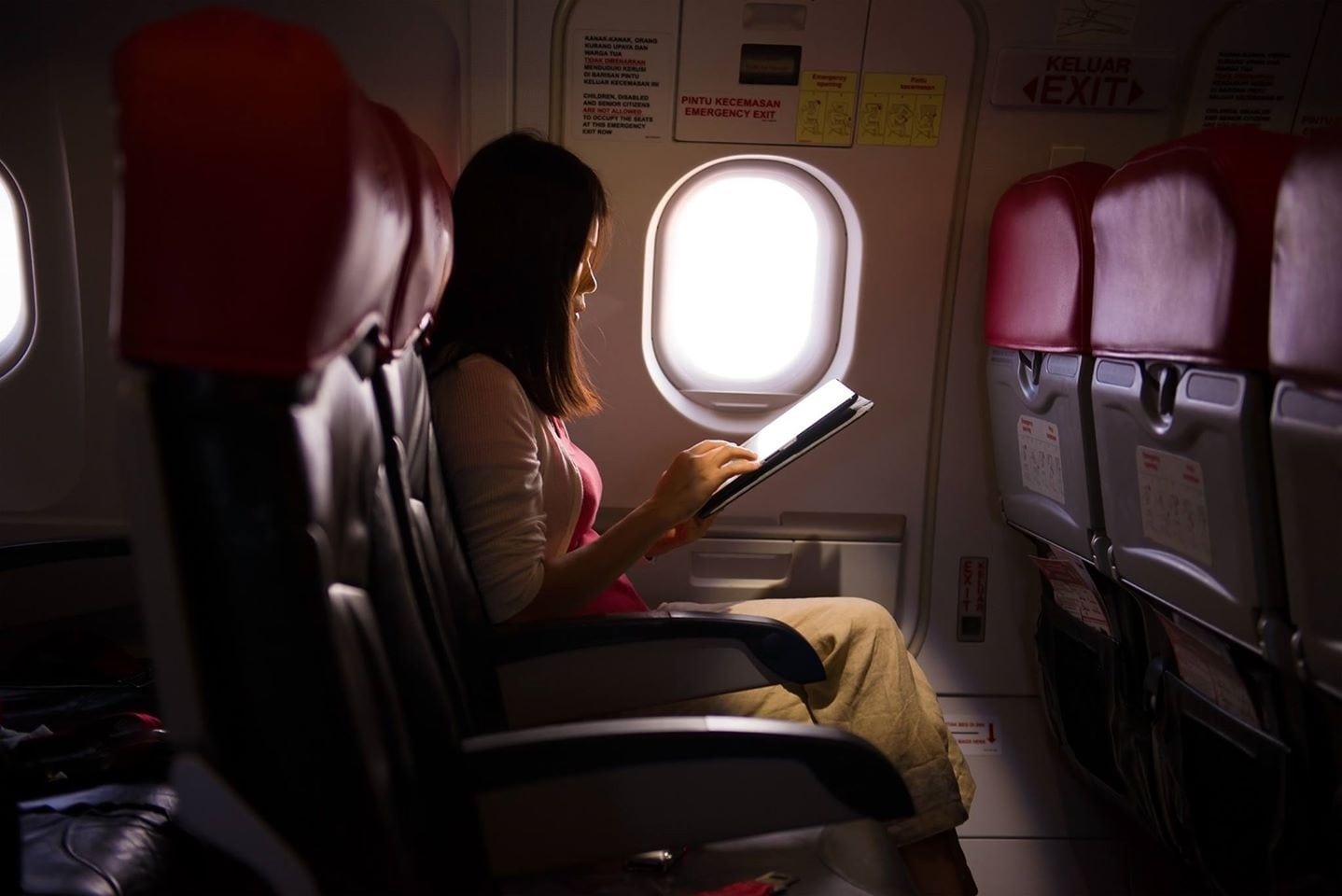Skift Take
Whatever the rules actually are, the experience using PEDs changes so much from plane to plane that passengers are best served by keeping expectations low.
While passengers celebrate fewer restrictions on the use of Personal Electronic Devices (PEDs) onboard, some factors delay this policy becoming universal.
At a special working group on the topic, held at IATA’s Cabin Operations Safety Conference in Madrid, airlines discussed issues which explain why some still don’t allow the use of PEDs on all flights.
Policies introduced by regulators put the responsibility of clearing PEDs on the airlines. They must prove to the regulators that these devices do not interfere with the flight systems of each aircraft they operate.
While some airlines have confirmation from the aircraft manufacturer that their flight systems are impervious to PED low-frequency transmissions, not all aircraft have such certificates.
Airlines which operate many different types of equipment may face a situation where they can permit the use of PEDs on some flights, but not all. Some airlines have trouble convincing their local regulators that new rules for PEDs would be safe.
There are some actual risks, but most are rare. For example, low-frequency transmissions from some electronic devices might interfere with flight systems such as radar and air to ground communications, some regulators say.
Even those airlines who permit the use of PEDs during all phases of flight, insist that devices be switched to flight mode to prevent this. All airlines reserve the right to require that devices be switched off if the cockpit reports trouble with any flight systems.
There are also concerns regarding the risks of fire which Lithium-Ion batteries pose, but those will be addressed separately, focusing on strategies to deal with any fires which occur in the cabin.
Safety requirements are that any “objects of mass” which may come loose in the cabin during turbulence or during an emergency, must be properly stowed. What constitutes a significant mass is unclear. Most airlines agree that laptops cannot be considered low-mass PEDs and must be stowed during critical phases of flight.
Participants at the working group recognized that passengers expect to work and communicate when they travel. Because of pressure from marketing departments to join the ranks of airlines who already allow PEDs inflight, many of the attendees were eager to learn how they could revise their policies.
American Airlines, Emirates, and Virgin Atlantic all shared the processes they went through to ensure their passengers could use their PEDs gate to gate.
As a way of encouraging participating airlines to set realistic and practical standards, Virgin Atlantic and Emirates (who jointly led the working group) took participants through a series of exercises of risk analysis.
They emphasized that perceived risks should be objectively qualified, according to the likelihood of an occurrence.
They said implementation of a gate-to-gate PED use policy was a “non-event,” from a cabin safety perspective. Despite concerns brought up, they told the group that, when the new policy was actually established, no significant issues arose.
Anabel Carter, Cabin Safety Manager for Emirates pointed out to participants, none of the risks factors were new. The variety of these devices, determining whether the devices are properly turned to flight mode, the number of devices onboard, and inattention to cabin safety instructions were issues even before allowing the use of PEDs, she told the group.
Aer Lingus, who have also successfully allowed the use of PEDs on their flights, told attendees that the big change for them was a cultural shift at the airline to get stakeholders to think differently.
Passengers may be happy to learn that airline attendees, for the most part, welcomed the idea of changing their rules on the use of PEDs. Attendance at this particular workgroup was high, and participation was enthusiastic. While some confusion and certain very specific risks remain, making PEDs rules universal is a priority for airlines.
Our own take-away from observing the working group was that soon the majority of airlines will allow the use of PEDs on their flights, even gate-to-gate.
Marisa Garcia has worked in aviation since 1994, spending 16 years on the design and manufacturing of cabin interiors and cabin safety equipment. She shares insights gained from this experience on Flight Chic and Tweets as @designerjet.
The Daily Newsletter
Our daily coverage of the global travel industry. Written by editors and analysts from across Skift’s brands.
Have a confidential tip for Skift? Get in touch
Tags: amenities, in-flight, peds
Photo credit: A woman using an in-flight wireless connection from Honeywell. Honeywell
